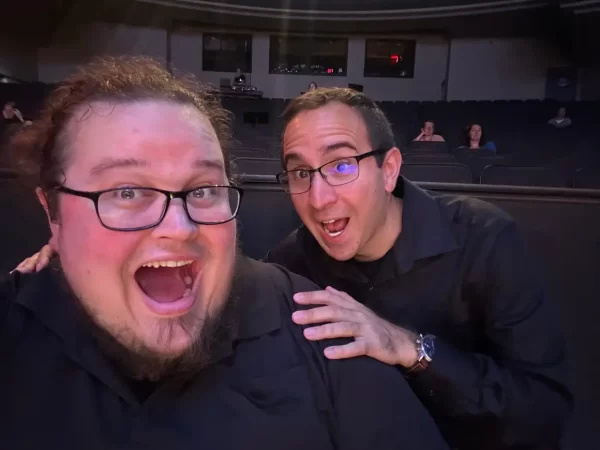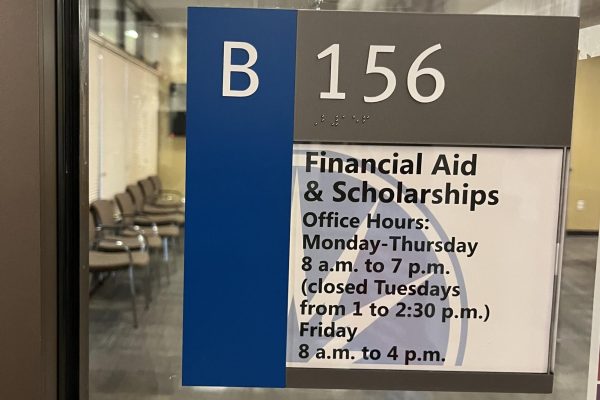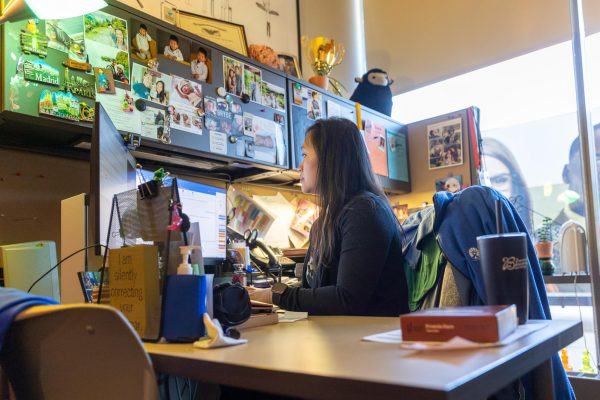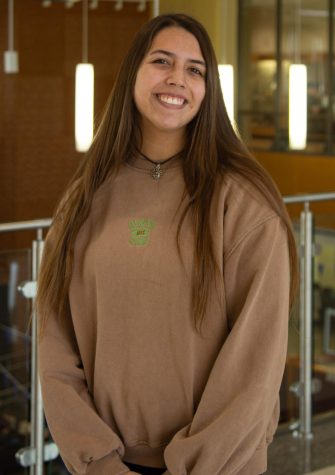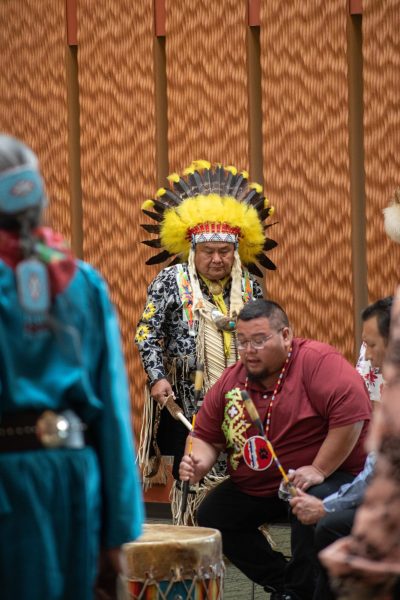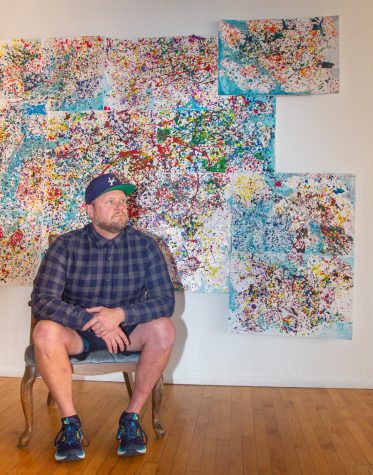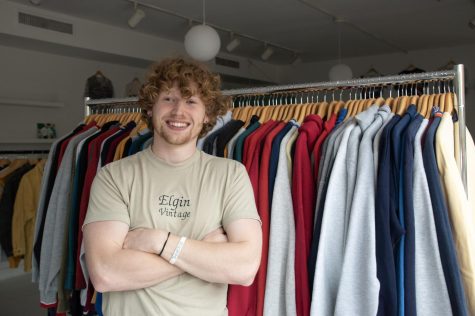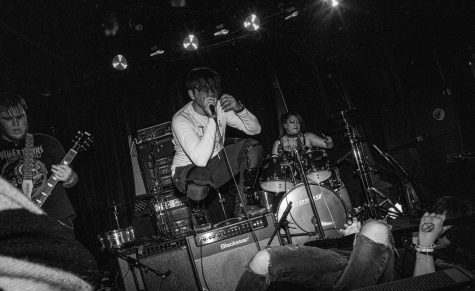Sustainable Fashion and Personal Expression Go Hand-in-Hand for ECC Students
February 6, 2023
Clothes mean something to us. When we put together an outfit in the morning while getting ready for class, it’s a reflection of our personality and identity. But are we conscious about the other aspects of our attire?
Sustainable fashion, (or slow fashion), whether it be upcycling, thrifting, or sharing amongst friend groups slows down the over-consumption of excess waste in the environment.
As awareness about the environment and climate change popularizes, shopping sustainably has become increasingly popular among students.
The idea of sustainable fashion bears a competitor: social media ‘hauls.’ Large amounts of inexpensive clothing being bought at once make fast fashion, the mass production of low quality clothing at the cost of child labor and environmental waste, something trendy to pursue.
With overwhelming options for consumption and nuances in terms of curating a personal fashion sense, students at Elgin Community College are bound to exemplify a myriad of unique processes for their outfits, either by sustainable or fast standards of fashion.
“I’m pretty picky with my clothing,” said Mark Suarez, an ECC student donned in an ensemble of black monochrome with silver earrings and Doc Martens. “I try to go for more baggy or Japanese and Korean (inspired) clothing.”
Suarez has experience in fashion design, collaborating with his friends clothing company.
“Wear what you like,” Suarez said. “It really expresses who you are and who you want to be.”
While thrifting and sustainability are part of their process in choosing clothes, with Goodwill, Uniqlo and local Chicago shops a common go-to, personal expression and individuality are Suarez’s top priority.
Shopping efficiently rather than impulsively is a big factor for Austin Giesey, a second-year ECC student wearing baggy jeans, a gray hoodie paired with a concert tee, and accessorized with gold chains and earrings.
“Do I have something with this color already?” Giesey said. “And if I do, do I really need it? If I have a gray hoodie already, do I really need a gray hoodie with a logo on it?”
Slow fashion is a casual thing for Giesey, with focus being on investment pieces from vintage fests and organizations like CHNGE.
Zsu Zsu Mack, an ECC student accessorized with crystal jewelry and a Harley Davidson long sleeve, shops almost exclusively sustainably and stays conscious about her outfits.
Her whole outfit was almost entirely thrifted, and Mack owes her style to her mom and makes a point to keep her pieces affordable.
“I try to stay very conscious about money, so thrifting is the best option for me,” Mack said. “I don’t like places like SHEIN, they don’t do it for me.”
Dressed in a casual t-shirt and jeans with various accessories such as bracelets, rings, a headband and temporary tattoos, the tone for ECC student Dabi Malum’s clothing is remembrance.
Malum frequently thrifts and has a wide range of styles from punk to athletic, but the memories he makes routinely become a part of his fashion.
“I have a chain that used to be my cat’s old collar, and this t-shirt is from a beach house from when I went to Florida,” Malum said.
A large temporary tattoo of a revolver and bullets sits on Malum’s inner forearm, reflecting his remembrance of being shot in Chicago.
“I was walking with my friends and we started hearing gunshots behind us,” Malum said. “So, we all started running, and I looked back and got shot right here [points to chest].”
The tattoo serves as a reminder, as well as an appreciation of life for Malum.
The media we consume and styles we cultivate directly impact the world we live in. Whether it be sustainable trends with thrifted black jeans or crop tops from Forever 21, our outfits have an impact.
Personal expression and the way we formulate relationships with our own bodies directly impact the way we use our outfits to tell our own stories.





